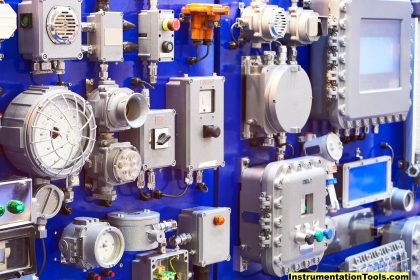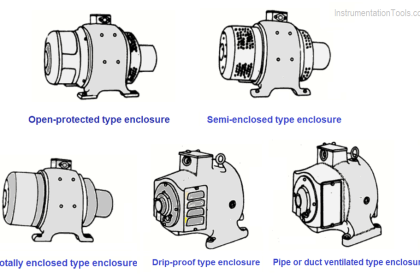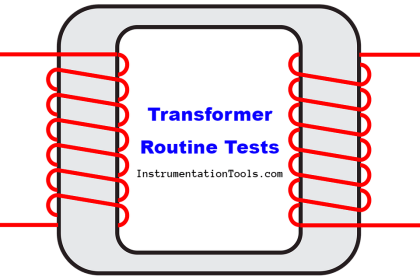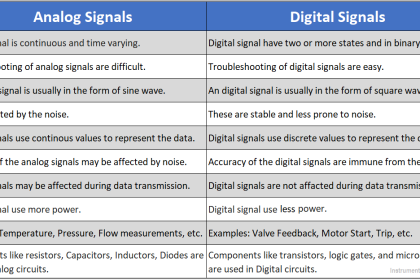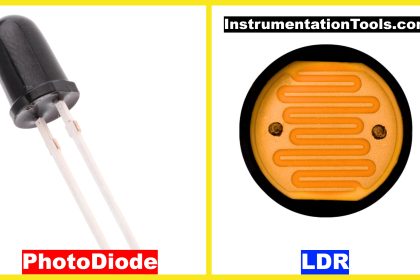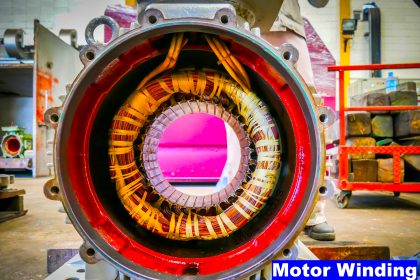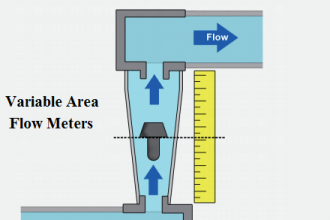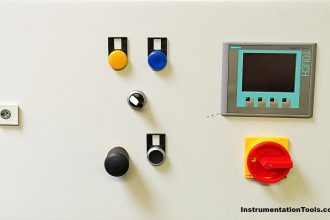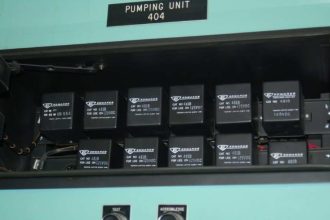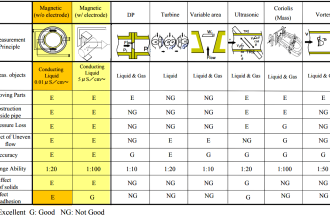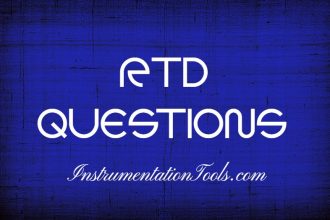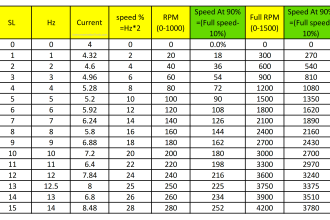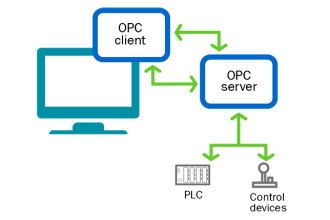Electrical circuits contain many tiny components which are very useful in driving and controlling them properly. Every component has its key role and it is impossible to run the whole circuit without them.
The most used components are resistors, capacitors, and inductors. An inductor is a very useful component in an electrical circuit. There are many types of inductors available for use in electronic circuits. In this post, we will learn the types of inductors.
What is an Inductor?
An inductor is a component whose role is to store magnetic energy in it and convert it into electrical energy when required. They look like a coil and this structure is the reason for such performance of an inductor.

When current flows through a wire, it creates a magnetic field around it. But, in the case of the coil, the magnetic field is concentrated and tends to create hotspots around the coil junctions. These all magnetic fields tend to then create a single large magnetic field around the coil. This magnetic field is so large that it is enough to store the magnetic energy in it.
Now initially, when current starts to flow through the inductor, it provides a very large resistance to it. So, current will not flow through it or will flow in a minimum quantity. The current is flowing as it is and after a period of time, the current will start flowing through it after it has offered the resistance. The time till which it was not allowing current to flow was used by the inductor to store the magnetic field in it.
When the current supply is stopped, then the magnetic field which was stored is released immediately into the electrical field. This will allow current to flow through the line for a period of time even when the power supply has switched off. Once all the magnetic field has been discharged, the current will not flow through the circuit now.
So, the inductors are used to supply the same amount of current every time in a circuit; this means suppose there is a spike, then the inductor will absorb the extra current and when there is under current, then the inductor will release the stored energy in it. It is designed to pass only a certain fixed amount of current. In this way, it helps to control the electric spikes and fluctuations in a circuit.
Types of Inductors
The types of inductors depend on the material used for its core coil construction. Let us have a look at the types of inductors used in electrical circuits.
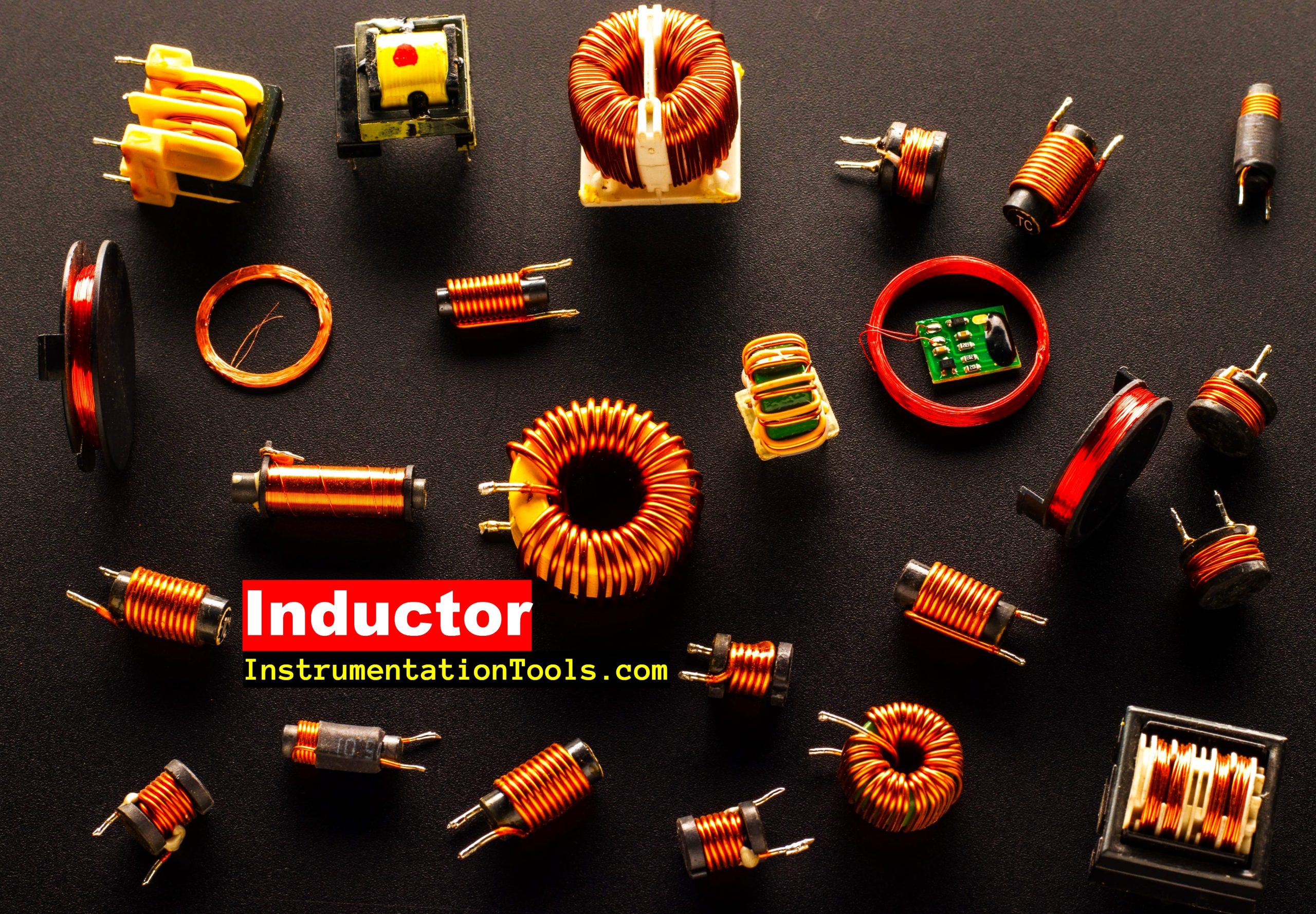
Iron core inductor
Iron or ferrite is a ferromagnetic material. One advantage of ferrous materials is that it offers a very high permeability (high magnetic field generation). This increases inductance properties in a great way, but one more major issue is that they suffer from energy losses at higher frequencies.
This is because, ferrous materials have a great amount of skin effect (as frequency increases, the current is unable to dig deeply into the conductor material); resulting in high resistance and losses.
Air core inductor
Air core inductor is the exact opposite of iron core inductors. They use air as the core material; sometimes plastic or ceramic too. They have low permeability and also, they suffer less at higher frequencies. But, due to low permeability, the inductance property is poor at normal frequencies.
Laminated core inductor
As the name implies, a Laminated core inductor is a stack of laminated sheets as the core materials. Basically, when you stack something, the eddy current or energy losses if any tend to decrease because the loop area is small in this case. So, apart from good inductance, they help in minimizing the losses to a great extent.
Toroidal core inductor
The toroidal core inductor is the best type of inductor available for use. It is circular in shape. The circular shape allows for a very large area of magnetic field generation. Due to the abundant magnetic field, the inductance too is very good and also, they have less energy losses.
If you liked this article, then please subscribe to our YouTube Channel for Electrical, Electronics, Instrumentation, PLC, and SCADA video tutorials.
You can also follow us on Facebook and Twitter to receive daily updates.
Read Next:
- Importance of Neutral Wire
- Induction Motor Problems
- Cables between VFD & Motor
- How to Test a Battery?
- Electrical & Electronic Devices

